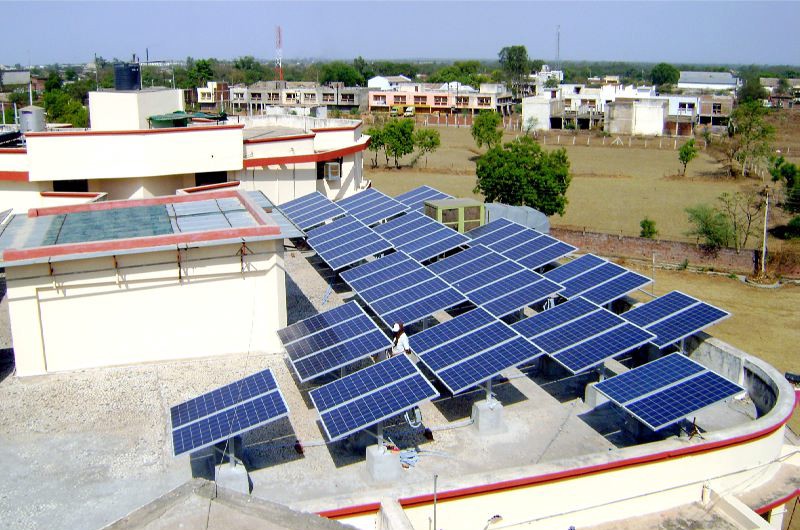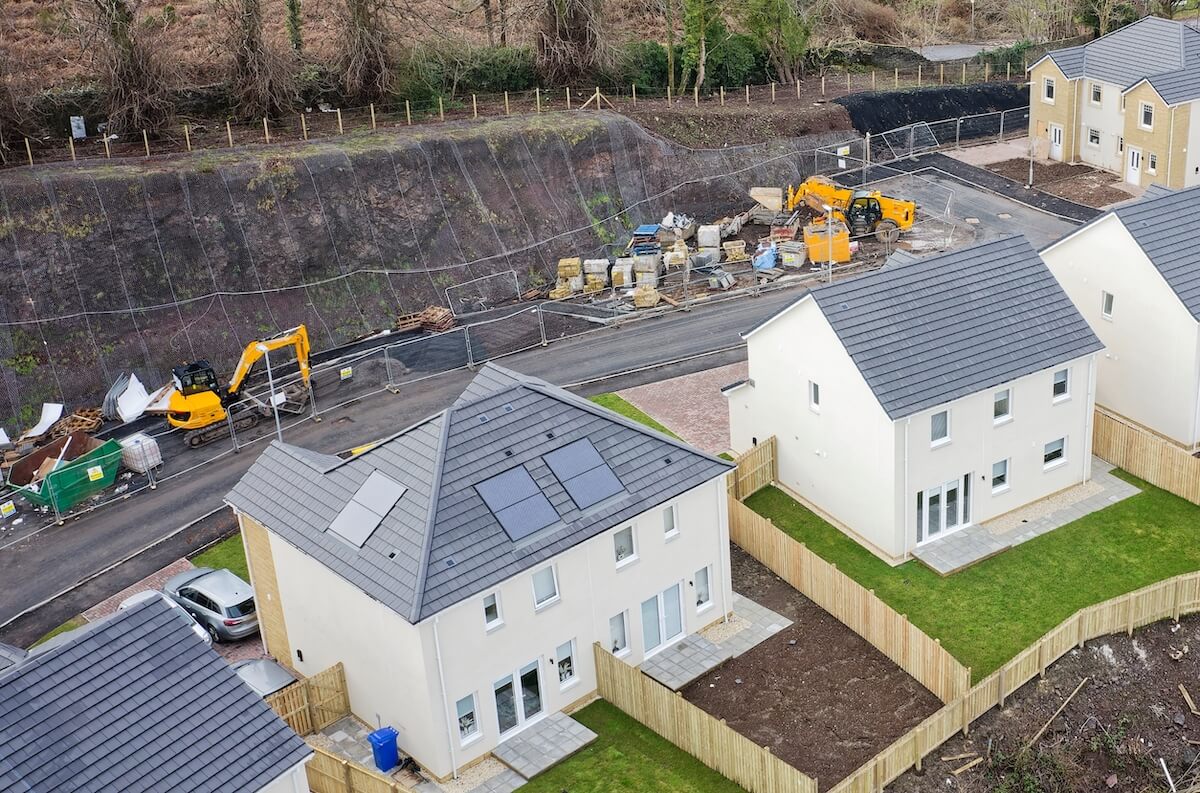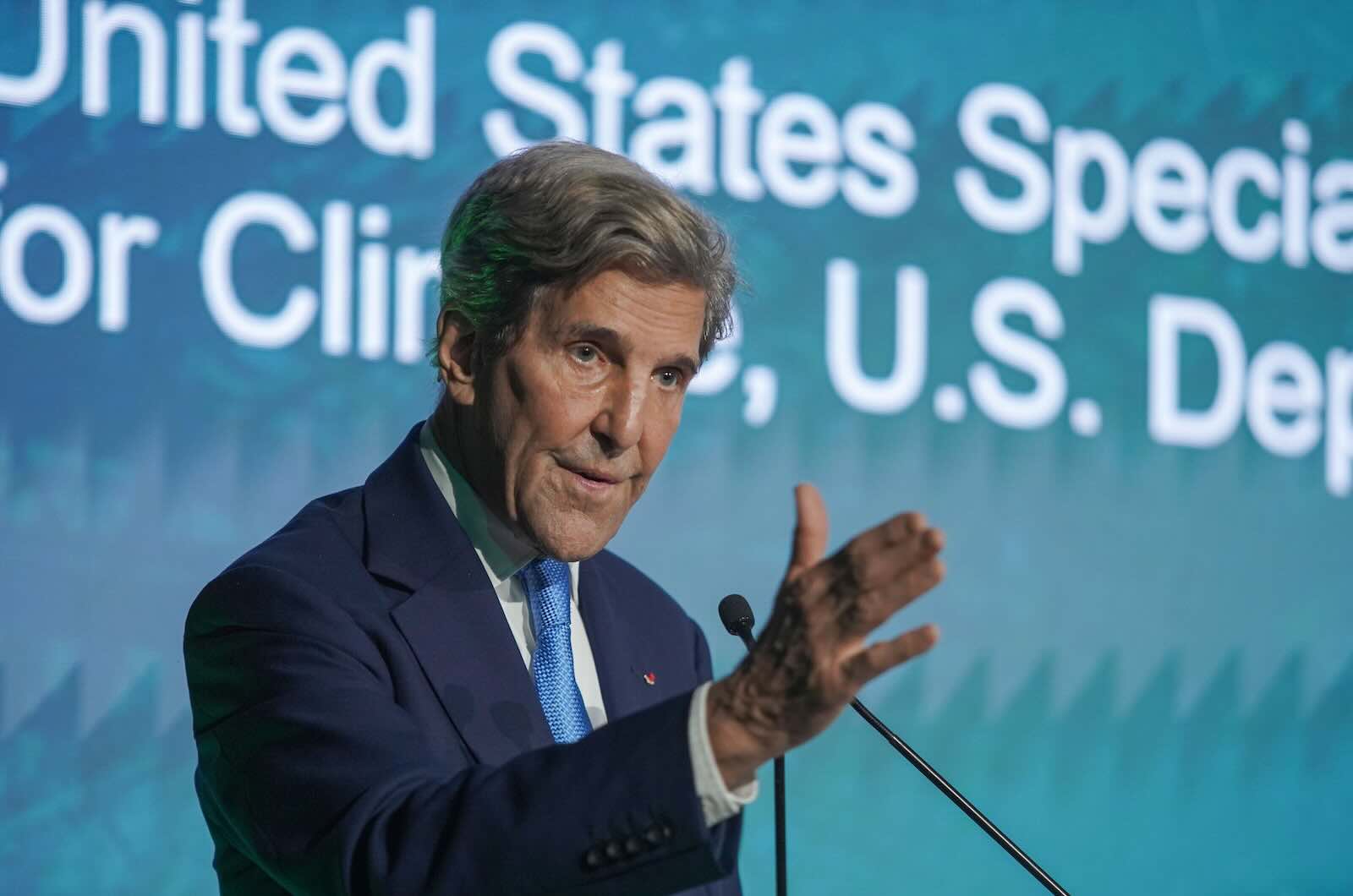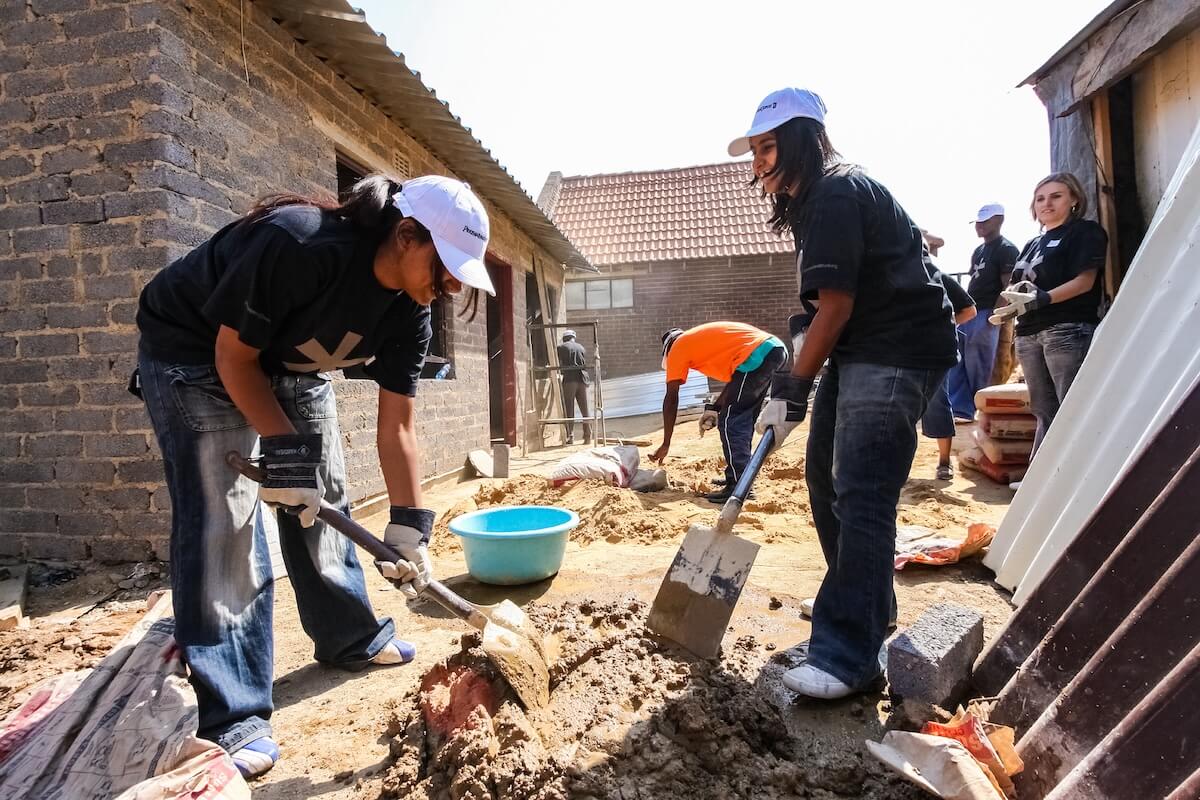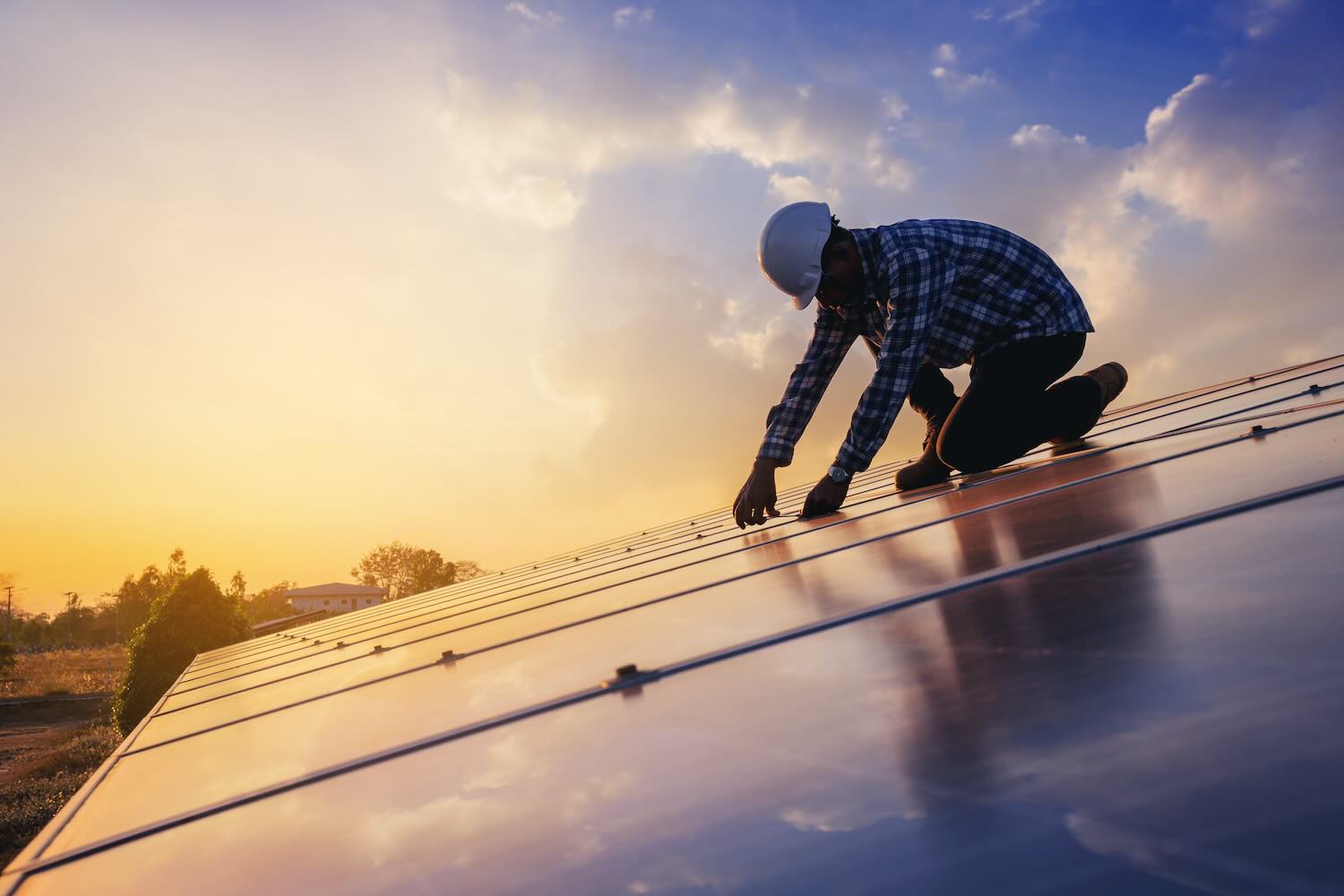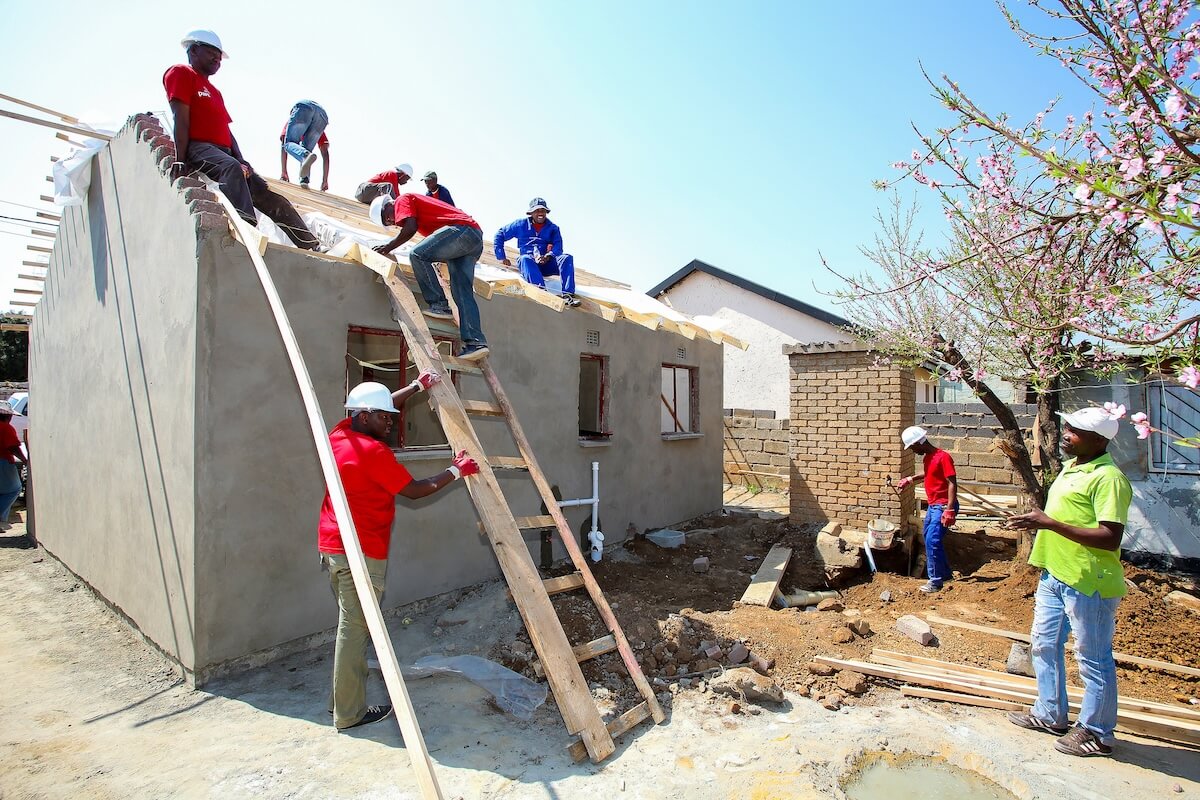Sustainable Development Goal №3, good health and well-being, say hello to SDG №7, access to energy. A new study suggests that installing rooftop solar on health clinics can have a profound effect on health outcomes for the poor.
Half of all primary-care clinics in India lack access to regular, reliable supplies of electricity, affecting almost 40 million households. The result: power outages during childbirths, loss of vital medicines without refrigeration, and reduced access to water without electrically powered pumps.
In response, between 2012 and 2016, the government in the state of Chhattisgarh equipped 570 primary-care centers with 2 kW rooftop photovoltaic systems with battery backup. For the study, CEEW India, a think tank, surveyed 147 health centers, 83 with solar systems.
Of the centers with solar, 84% responded that they were able to meet all their electricity needs, and 98% said solar power has helped with day-to-day functions at the health centers. Nine out of 10 of the centers with solar reported electricity cost savings.
Solar reduced the impact of power cuts on the ability of the health centers to provide services. Those surveyed reported that services including cold chain, in-patient care, and deliveries, for example, were less impacted to the solar installations.
If all public health centers in the country installed solar, it would achieve about 1% of India’s goal of connecting 40 gigawatts of rooftop solar by 2020, the report’s authors write. At the same time, they say, “electricity access can be an enabler to achieve the National Health Mission’s health targets.”
Here’s a summary of the findings. Full report here.

